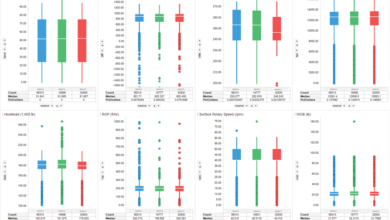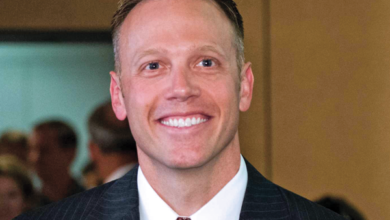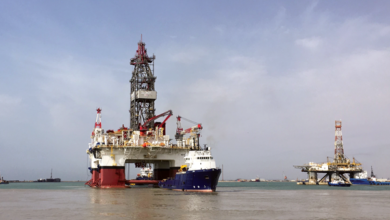Drilling Ahead: In planning for the future, don’t overlook human capital
By Linda Hsieh, Managing Editor
The drilling industry stands at a critical juncture. There is growing acceptance that the days of $100 oil are behind us for good, and companies must redefine how they manage their business within the new reality of $40-50 oil. At the same time, the digital evolution is finally picking up pace within the oil and gas space, as companies learn that they must leverage the power of automation and data analytics in order to stay competitive. Amid these changes, it is more important than ever that the industry also address issues around human capital.
This is an area where the industry has never been particularly adept, even as we recognize that the industry cannot grow and succeed without a continuing stream of new talent coming in. But now, in the face of low oil prices and the rapid growth of renewables and fuel-efficient technologies such as electric vehicles, it has become an urgent imperative for the industry to tackle this issue – or risk obsolescence.
Yes, for decades to come, the world will continue to need hydrocarbons provided by the wells we drill. But will we work as a strong, vibrant and innovative industry, or will we just hold on to a diminishing status quo until renewables eventually take over? How we leverage human capital to expand our capacity for next-generation innovations will play a key role.
Next-gen perceptions matter
To consider the future of the industry’s workforce, we must look at the next generations – Millennials and Generation Z. In an Ernst Young poll conducted early this year of more than 1,200 US consumers, only 38% of Millennials and 21% of Gen Z reported a positive perception of oil. This may not be surprising but should be alarming. The oldest of the Gen Z’ers are now ages 16 to 19, which means they will enter the global workforce within the next decade. Among individuals in this demographic, the poll found that the energy industry ranked lower than the technology, automotive, retail and healthcare industries. We only edged out investment bankers and the pharmaceutical industry.
Considering the significant role that the energy industry plays in driving the global economy, there is a clearly a disconnect between the realities of our industry and the perceptions of these young people – our future potential workers.
Looking at the nearer term at young professionals who are already in the workforce, there is also an increasingly negative perception of the industry. A poll conducted by IHS Markit and Aker Solutions earlier this year showed that 23% of respondents said they either don’t plan to enter or don’t plan to stay in the industry. That’s compared with just 6% of respondents who said the same thing when this survey was conducted in 2015. When asked what other industries they have considered, the highest percentage of respondents – 47% – said renewables.
Closing the disconnect
It’s clear that young people today connect very strongly with protection of the environment and with corporate social responsibility. To harvest the talents of these young people in the coming decades, our industry will have to more strongly demonstrate that we care, too.
“We are deluding ourselves if we think that people are going to suddenly think that the oil and gas industry is green, clean, bright and shiny,” Namita Shah, President of People and Social Responsibility for TOTAL, said in a panel session at this year’s Offshore Europe. “I don’t think that’s going to happen. But I think that we can find a way to talk about our place in the world and our contribution to the changing environment, both in the sense of climate and the social environment.”
For our message to resonate with younger generations, the industry will have to find a way to change the conversation around oil and gas. It will be a first step to attracting our future workforce, along with providing more job flexibility and investing in employee growth and skills development (see DC’s workforce outlook article on Page 20).
The impacts of any work that is done to address the people problem will not show up in the next earnings report, however. It is a long-term challenge that requires long-term solutions, and we have to get started now. DC




